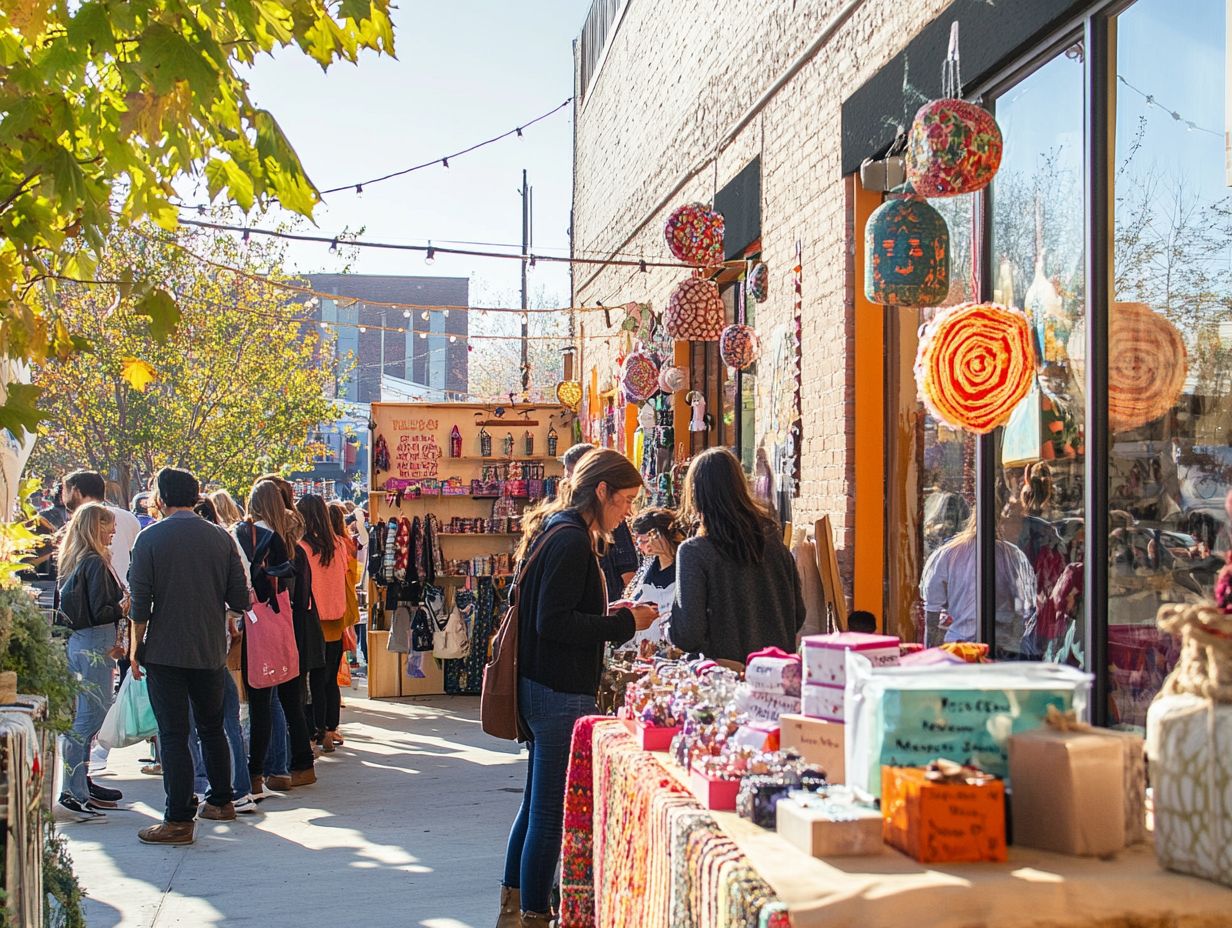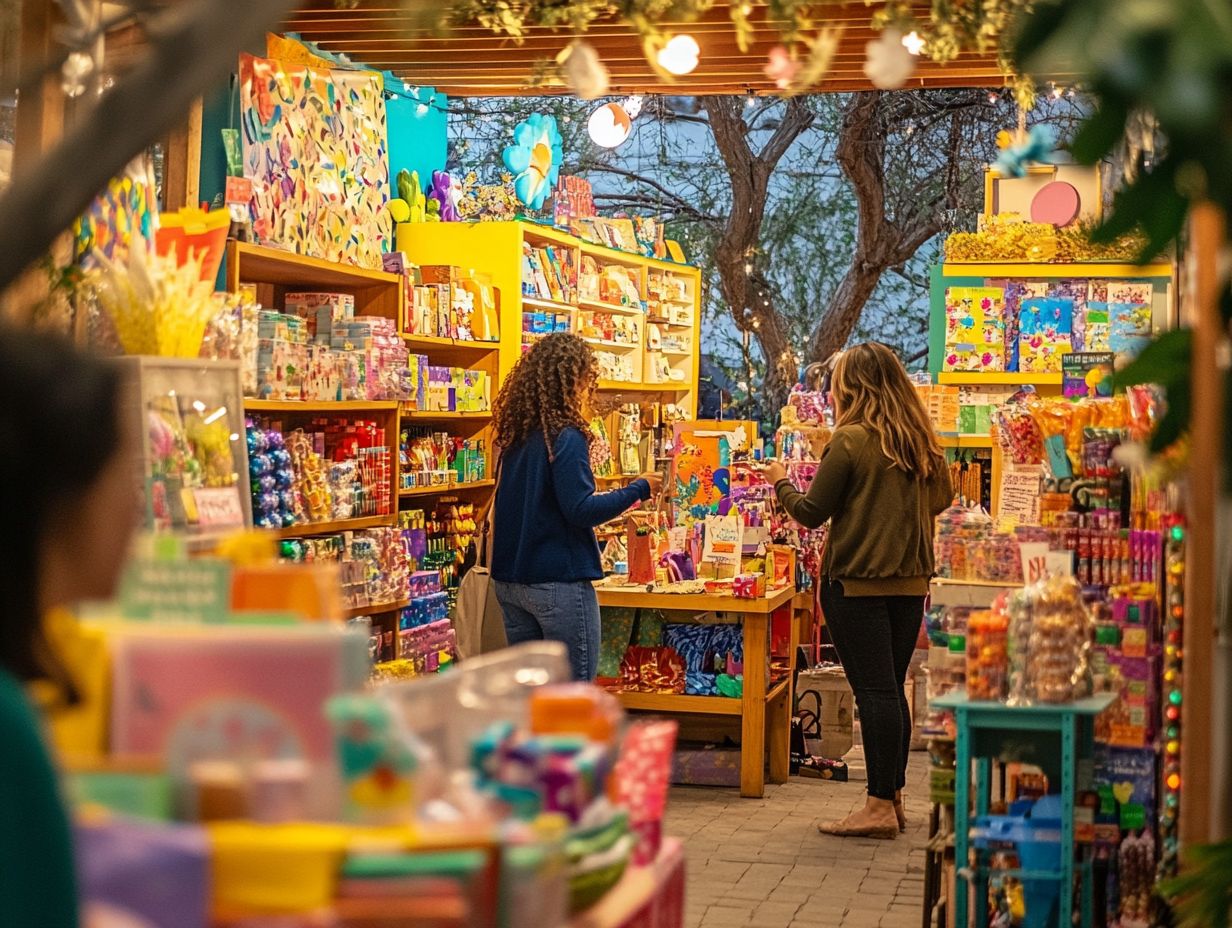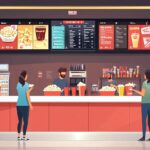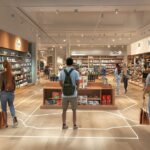In the ever-evolving retail landscape, pop-up shops have become a powerful tool for engaging consumers and creating memorable experiences. To maximize their success, it is essential to understand foot traffic and visitor patterns. This article delves into the significance of analyzing foot traffic data while examining the key factors that influence customer visits, including location and timing. It will also discuss effective strategies for attracting and retaining customers, as well as methods for measuring success and adapting your approach for optimal results. Join us as we explore how to make your seasonal pop-up shop thrive with the help of retail analytics and consumer insights!
Understanding Foot Traffic for Pop-Up Shops

Foot traffic is crucial for the success of pop-up shops within a retail strategy, as it directly influences customer engagement, sales optimization, and brand visibility.
In today’s competitive landscape, where seasonal marketing plays a significant role, understanding traffic patterns and shopping trends allows businesses to make data-driven decisions that enhance location analytics and maximize the effectiveness of promotional events.
By measuring footfall and analyzing traffic, retailers can gain valuable insights into consumer behavior and preferences, ultimately leading to improved shopper experiences, market positioning, and increased brand awareness.
The Importance of Analyzing Foot Traffic Data
Analyzing foot traffic data is essential for businesses seeking to enhance customer understanding, boost sales, improve the shopping experience, and optimize retail performance.
Traffic analysis allows retailers to gather demographic data that reveals the preferences and behaviors of their target market, thereby enhancing market research, customer profiling, and marketing campaigns.
Several methods are available for collecting this critical data, providing in-store metrics and consumer insights, including:
- sensors
- mobile tracking
- point-of-sale data
Each method has its advantages and disadvantages, ranging from real-time analysis to long-term trend measurement, and together, they offer a comprehensive understanding of footfall patterns. This knowledge enables businesses to optimize store design, staffing, product placement, and promotional activities.
By identifying peak shopping times, understanding customer demographics, and refining targeted advertising, businesses can create more engaging in-store experiences, better meet consumer needs, and enhance overall retail performance through effective event marketing.
Factors Affecting Foot Traffic

Foot traffic is affected by location analytics, economic conditions, and competitive analysis, all of which play a crucial role in the success of a pop-up shop.
Furthermore, gaining insights into shopper demographics and preferences within a specific area can offer valuable information for optimizing store layout, visual merchandising, and enhancing the overall shopping experience, ultimately impacting sales positively.
Location, Timing, and Target Audience
The interplay of location, timing, and target audience significantly influences foot traffic and determines how effectively a pop-up shop can engage shoppers and boost sales through strategic location-based marketing and customer engagement efforts.
Strategic site selection based on traffic patterns ensures that retailers can reach their desired demographic and optimize shopper engagement and conversion rates. Understanding the specific times when target audiences are likely to frequent certain areas allows retailers to develop tailored marketing strategies and experiential marketing campaigns that resonate with potential consumers.
For example, analyzing local events, seasonal trends, and weekday versus weekend behaviors all play a role in influencing shopper motivation and availability. Retailers who invest time in mapping these insights can better align their campaigns with periods of high foot traffic, thereby increasing brand visibility and customer engagement.
By analyzing data on shopping behaviors and consumer psychology, businesses can create an inviting atmosphere that attracts foot traffic, ultimately leading to a more successful and profitable pop-up experience.
Optimizing Foot Traffic for Seasonal Pop-Up Shops

To optimize foot traffic for seasonal pop-up shops, businesses can employ strategies such as experiential marketing, event scheduling, and well-planned promotional events that enhance customer engagement and drive sales.
By focusing on maximizing marketing ROI and understanding consumer psychology, businesses can leverage these approaches to create unique shopping experiences that resonate with their target audience and effectively boost foot traffic during peak seasons.
Strategies for Attracting and Retaining Customers
Attracting and retaining customers at pop-up shops is essential for driving sales trends and fostering brand loyalty. Implementing customer loyalty programs and creating engaging interactive displays can significantly enhance shopper traffic while providing memorable experiences that encourage repeat visits and improve customer retention.
By adopting these strategies, including seasonal discounts and customer acquisition efforts, businesses can cultivate an environment that not only entices first-time customers but also encourages them to return.
Customer loyalty programs reward repeat business by offering incentives such as discounts, exclusive access, or points that can be redeemed for merchandise, thereby increasing customer engagement and fostering brand loyalty.
Meanwhile, interactive displays captivate shoppers and provide an immersive experience that showcases products in a dynamic manner, making the shopping experience enjoyable and enhancing user experience.
Together, these strategies not only boost immediate sales but also establish a foundation for long-term customer relationships, sustained revenue growth, and improved sales conversion.
Measuring Success and Making Adjustments

Evaluating success and making necessary adjustments is crucial for any pop-up shop, particularly when it comes to metrics such as foot traffic data, sales forecasting, and customer journey analysis.
Retailers can identify areas for improvement by monitoring traffic spikes, analyzing shopping habits, and gathering consumer feedback, allowing them to adjust their strategies accordingly.
Key Metrics to Track and Adaptations to Make
Pop-up shop metrics encompass foot traffic, conversion rates, and customer satisfaction metrics, all of which are essential for guiding necessary adjustments and successful adaptation through business intelligence.
Retailers can optimize conversion rates and monitor performance metrics to make iterative improvements to their strategies and enhance the shopper experience. Tracking foot traffic metrics allows retailers to identify peak times, high-traffic areas, and traffic flow within the shop.
This information enables them to adjust staffing levels, target marketing efforts, and operational efficiency toward these busy periods and locations. Conversion metrics assess how effectively the pop-up shop’s design encourages consumers to make purchases, indicating whether product placement or promotional activities need adjustment.
In contrast, customer satisfaction metrics provide insights into specific pain points that require attention through feedback surveys, facilitating operational changes that enhance engagement and ultimately foster customer loyalty, referrals, and repeat customers.
Together, these three categories of metrics create a data-driven framework that leverages insights from retail analytics to improve sales and enhance shopper experiences.






